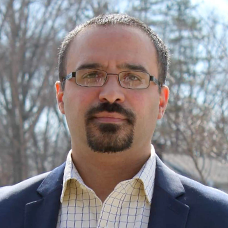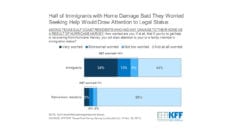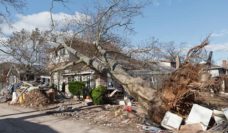As of March 10, 2021, 507,227 deaths related to Covid-19 were documented in the United States. This has made it clear that disaster management policy should be given much more attention than recently provided. As Covid-19 continues to affect millions globally, other natural hazards continue to affect the way many Americans live their lives.
Understanding what factors affect people’s ability to recover quickly is important. Traditionally, researchers have used community-level data to draw conclusions about individual disaster recovery, which is not necessarily appropriate. Additionally, most of these studies focus on long-term recovery, as opposed to the short term. This focus has left disaster relief organizations and victims in a state of relative ignorance on what affects people’s ability to recover quickly.
In response to this growing urgency, I investigated how a variety of variables relate to individuals’ short-term recovery. To accomplish this goal, I analyzed Kaiser Family Foundation and Episcopal Health Foundation data collected from adults living in counties along the Gulf Coast of Texas hit by Hurricane Harvey in August 2017. I focused my analysis on individuals whose homes were damaged by the hurricane.
I defined short-term recovery as life returning “largely back to normal” within two to three months of the hurricane. Additionally, I observed two separate phenomena: 1) whether someone recovered from Harvey in the short term, and 2) the extent of their recovery. The odds of short-term recovery increased for individuals who were able to avoid evacuating from their home, avoid applying for federal disaster assistance, and avoid relying on assistance from other sources. Finally, being Hispanic/Latino also had a positive influence on one’s extent of recovery. In other words, Hispanics/Latinos had a higher probability of recovering in the short term than other racial/ethnic categories.
Alternatively, the odds of short-term recovery decreased for those whose homes and automobiles were seriously damaged. Likewise, being retired or disabled decreased the extent to which someone recovered in the short term.
Of note, other variables such as age, gender, socioeconomic status, and social capital, which have been observed to be significant in disaster recovery in other contexts, were not statistically significant in this investigation of short-term recovery.
To develop more effective disaster and emergency management policies, we must continue to investigate how individual differences between people holistically affect the recovery of the communities they live in.
These findings highlight the unique recovery dynamics experienced by individuals and their communities. As many studies have illustrated, recovery can differ from one disaster to another. To develop more effective disaster and emergency management policies, we must continue to investigate how individual differences between people holistically affect the recovery of the communities they live in. For example, does the high concentration of organizations serving the Hispanic/Latino community in the Houston area enhance this group’s recovery capacity? Answering questions like this was beyond the scope of this study, but others in the future might choose to investigate this potential hypothesis. Or, for example, why was social capital not statistically important in this context, but so important in other disaster contexts?
By better understanding individual-level dynamics of disaster recovery, we can move beyond thinking about what we can do in future disaster situations, to what we should do to make recovery more equitable and just.
Photo via Getty Images














